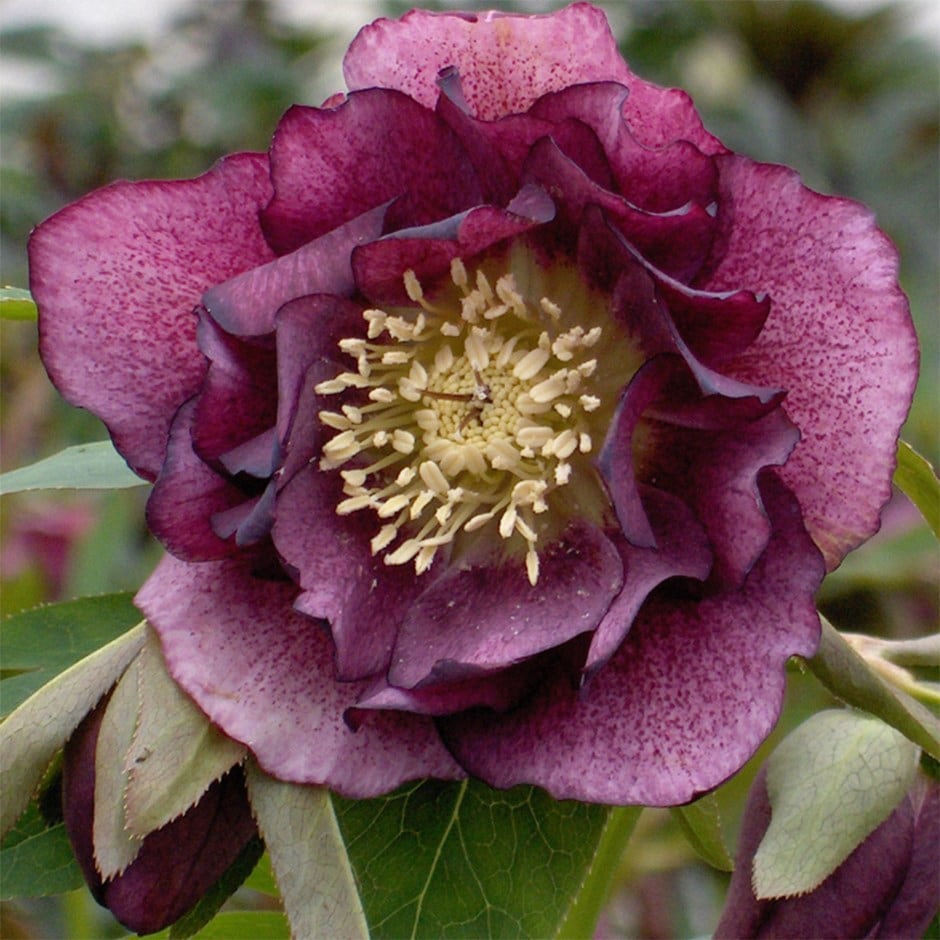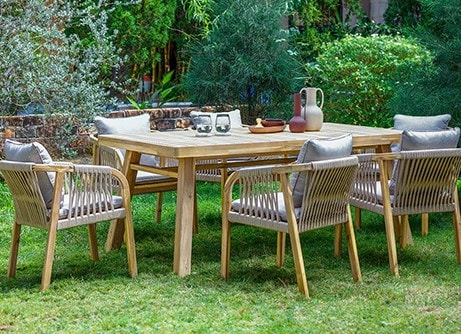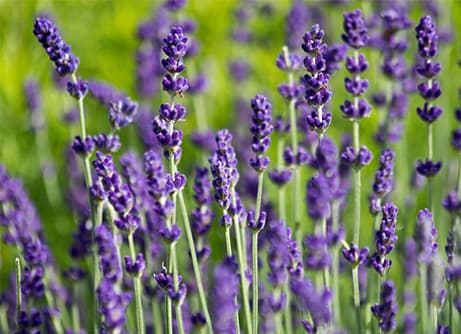
Helleborus × hybridus 'Double Ellen Red' transforms shadowy garden corners with its sumptuous, blousy double flowers in deep red-pink. This hellebore is generously adorned with intricate dark speckles and nestled against leathery, dark green foliage.
Fully hardy, this clump-forming marvel not only provides critical early-season nectar for emerging solitary bees but also delivers unparalleled visual drama, with outward-facing blooms that hover gracefully above the ground from late winter through early spring.
Thriving in semi-shaded locations beneath shrubs or trees and perfectly complementing early bulbs like snowdrops, this resilient hellebore offers a sophisticated, deer and rabbit resistant solution for gardeners seeking vibrant winter interest and ecological merit.
Fully hardy, this clump-forming marvel not only provides critical early-season nectar for emerging solitary bees but also delivers unparalleled visual drama, with outward-facing blooms that hover gracefully above the ground from late winter through early spring.
Thriving in semi-shaded locations beneath shrubs or trees and perfectly complementing early bulbs like snowdrops, this resilient hellebore offers a sophisticated, deer and rabbit resistant solution for gardeners seeking vibrant winter interest and ecological merit.
How to care for Helleborus × hybridus Double Ellen Red:
Add lots of well-rotted leaf mould or organic matter to the planting hole. Cut the old leaves back down to the ground in January or February as this will show off the new emerging flowers to best effect. It will also help to reduce/minimise the spread of any foliar diseases (such as hellebore leaf spot) if present.
Apply a generous 5-7cm (2-3in) mulch of well-rotted organic matter around the base of the plant in autumn and provide a top-dressing of general fertiliser each spring. Cut off the seed heads to prevent inferior seedlings colonising.
Apply a generous 5-7cm (2-3in) mulch of well-rotted organic matter around the base of the plant in autumn and provide a top-dressing of general fertiliser each spring. Cut off the seed heads to prevent inferior seedlings colonising.
Flowering period:
- Jan
- Feb
- Mar
- Apr
- May
- Jun
- Jul
- Aug
- Sep
- Oct
- Nov
- Dec
Eventual height:
0.35m
Eventual spread:
0.35m
Position:
Light shade
Rate of growth:
Average
Soil:
Moderately fertile, moist, well-drained soil
Hardiness:
Fully hardy
-
This perennial is semi-evergreen so it can lose some of its leaves in winter. In colder regions or more exposed gardens, it may lose them all, but then fresh new growth appears again in spring.
-
Humans/Pets: Harmful if eaten; skin irritant
Product options
Delivery options (pick your preferred option at checkout)
Goes well with
Dryopteris affinis 'Cristata'
syn. Dryopteris The King )
From £7.99
View options
| 2 litre pot | £15.19 |
|
| 3 × 2 litre pots | £35.99 |
|
| 9cm pot | £7.99 |
|
| 3 × 9cm pots | £17.60 |
|
| 6 × 9cm pots | £31.99 |
|
View details









